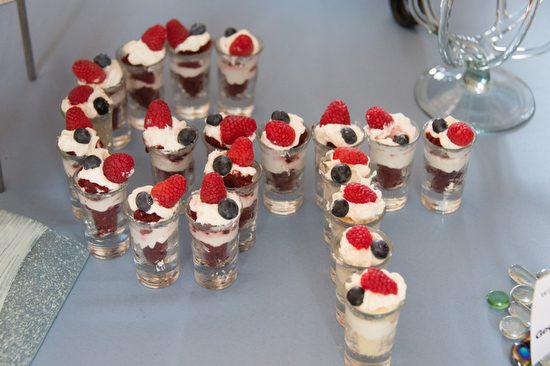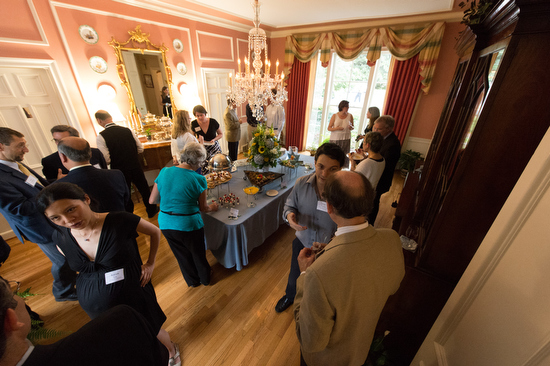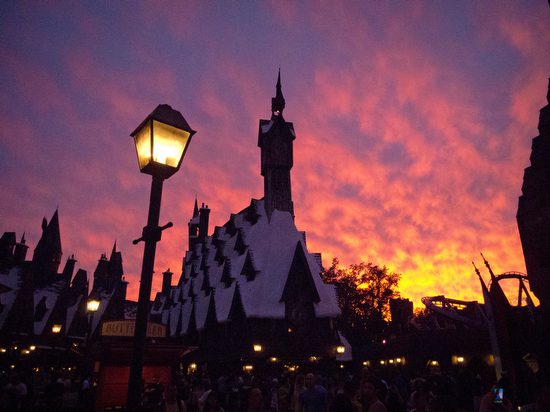 |
| The Wizarding World of Harry Potter at Universal Studios in Orlando, Florida. |
Do you feel like you need a vacation?
Living life you will experience some ups and downs. One of the things that can make life difficult is thinking you are in control of everything.
We do need to exercise self-control and even this is difficult living life. When we loose self-control we realize there are often consequences to these moments. However, you must be careful when experiencing a difficult time that it is not always the consequence of your actions.
I studied the concept of evil when I was in seminary. The basic thing I took away from this study was that God gave us the freedom of choice and due to that evil happens. Some of this evil is a moral evil due to people’s choices and other is natural evil which is things like natural disasters.
What I learned is that many times things happen due to someone else’s actions. They drink and drive and I can end up dead due to their actions.
While we may choose to free fall ride at an amusement park, it isn’t so fun in life. Even knowing what you are riding can be scary because you are not sure when it will happen.
Reasons to just chill
Budgets: There are many times where everything is going well and the client has just been informed they have to make some cuts. There are many times that they do not communicate this to you. Sometimes the reason is they were just cut.
Timing: There are times that everything looks like you are being booked and then they say they need to wait. Sometimes this waiting takes a very long time. You cannot make this move along by calling all the time. Actually this is where self-control is important. You might want to ask when would be an appropriate time to check-in with them again.
Personnel changes: While you have worked with a client for a long time, they get a promotion or go to another company. Sometimes this can be good and you end up with more work. However, the next person to take that job could have their own people they want to work with. This is not about you as much as it is about them.
Seasonal: There are times when clients will choose a direction for which you are not the best choice. They want a new look. While you maybe very flexible and able to even do what they are looking for, unless you have been showing them new work they will choose someone who is producing what they are looking for. I think of this as seasons in life.
You are not a super hero
There are times in your career where your client no longer is working with you, but against you. This is not a little bump in the road.
I had a client that was always wanting the lowest price and was letting invoices sit on their desk rather than passing them on to accounts payable. Because I was getting a fair amount of work from them I was doing everything I could to keep the client.
They were getting worse in paying me on time. I had to constantly remind them about not being paid. 3 to 6 months late was becoming the norm.
I was reading Best Business Practices for Photographers by John Harrington when I finally found what I thought was a good solution to my problem. I now put this paragraph on my invoices:
We are now building into the invoice the cost to repeatedly follow up with accounts payable departments on past due invoices, and float the cost of payment to our vendors, which require 30 days payment. This is approximately 10%. If payment is made within 30 days, you may deduct this amount.
The responses I was getting from those who were habitually late shocked me. Now mind you I was willing to be flexible on the 30 days and go to 45 days.
Some of these clients were saying why am I punishing them for a late payment. The ones crying the loudest were the ones wanting the lowest rates.
I could only think of two solutions to keep these clients. Either raise my rates to compensate for late payment in the base price or put this paragraph, which isn’t a late payment, but rather a discount to pay on time.
I am embarrassed to say that one of these clients I was work-for-hire contract. I signed their contract which stated they will pay in thirty days.
I did not have those super powers to make the relationship work, because they were not treating me with honor, dignity and respect.
What can you do?
Marketing: You must continue to market yourself. In those times it is slow you must increase your efforts to find new clients.
While going out and shooting new material to show clients is a good idea, do not fall into the trap of thinking this is the problem. More than likely the problem is your contact list needs to grow.
Shoot new material: You need to always grow in your craft. Try something new and even just going back and updating your portfolio so that the people in the photos look like their were shot in this century can help.
Take a vacation: Sometimes you need a break and even when things are tough financially. One of the best things to get out of a funk is a change of scenery. One of the best things ever told to me as a parent of a baby was when your baby is crying and nothing seems to calm them down–go to another room or outside. If it works for a crying baby, it should work for a crying freelancer.




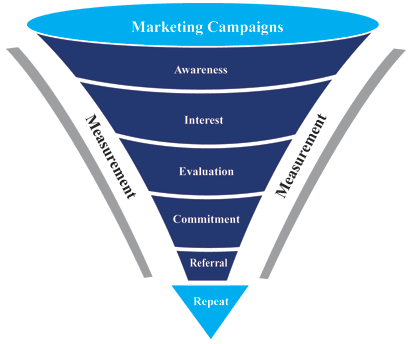

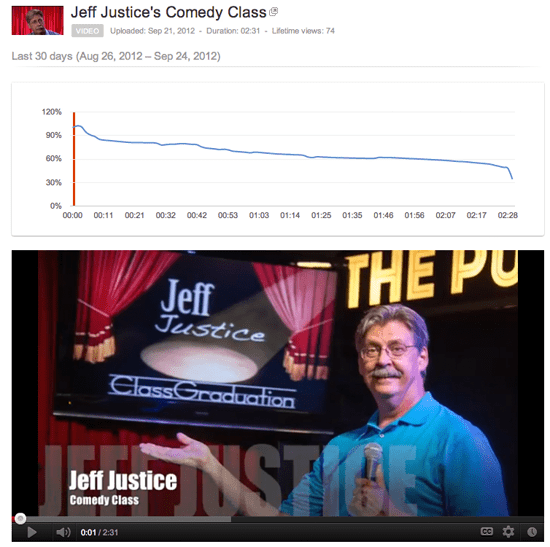
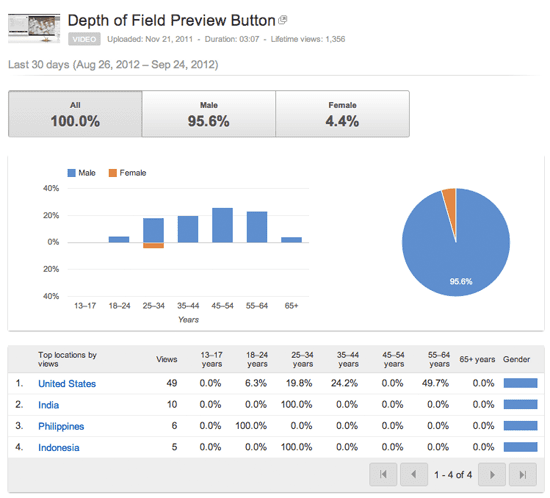
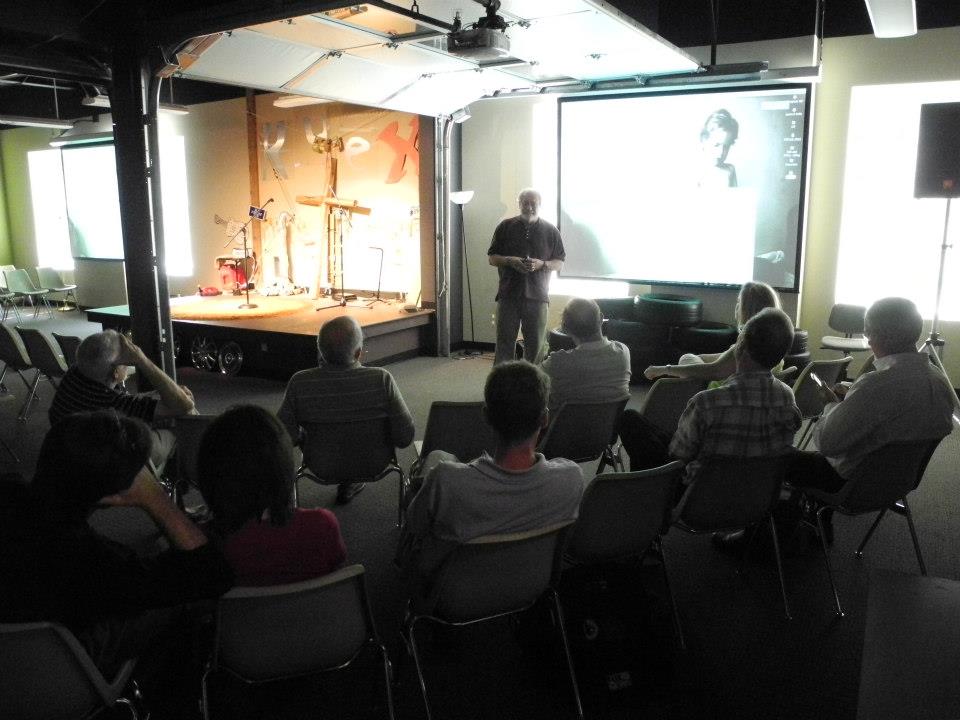
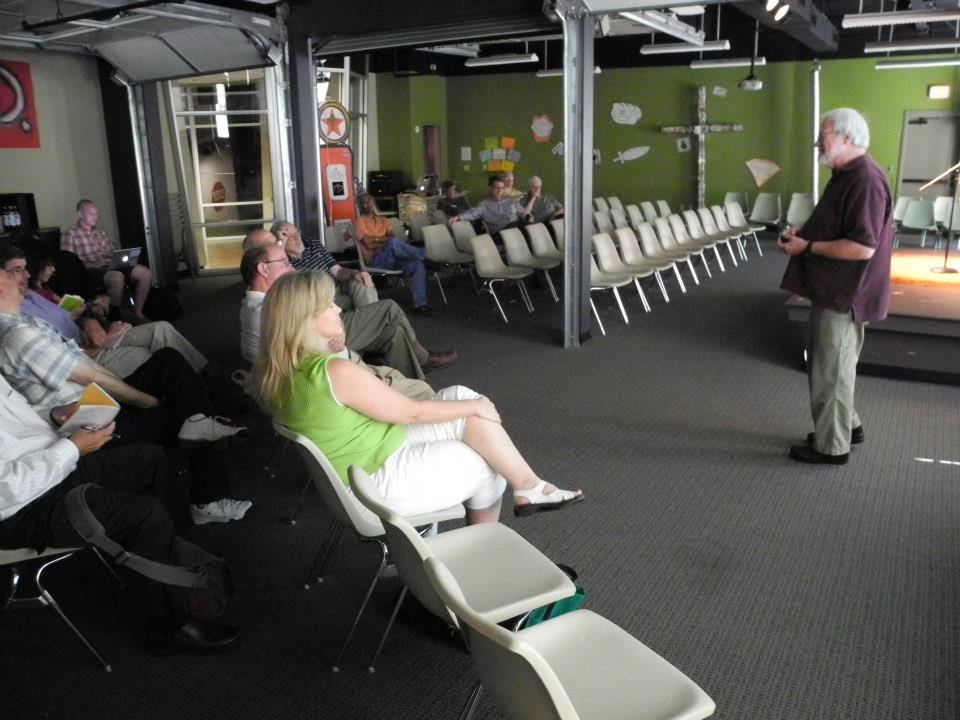
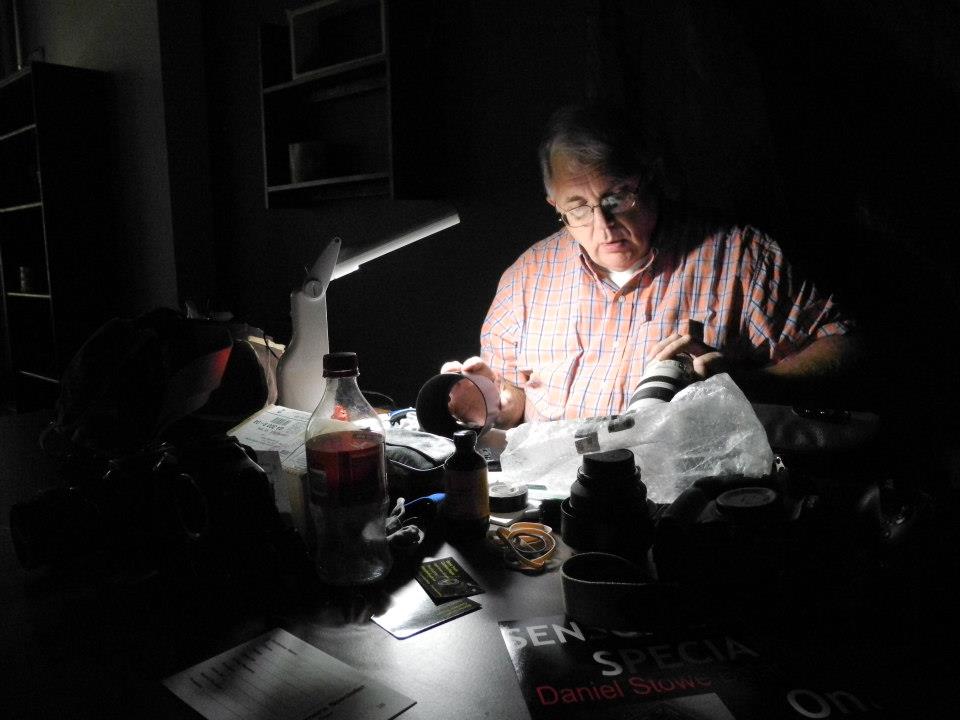
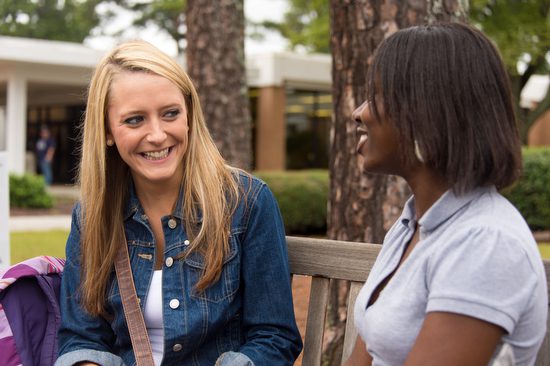
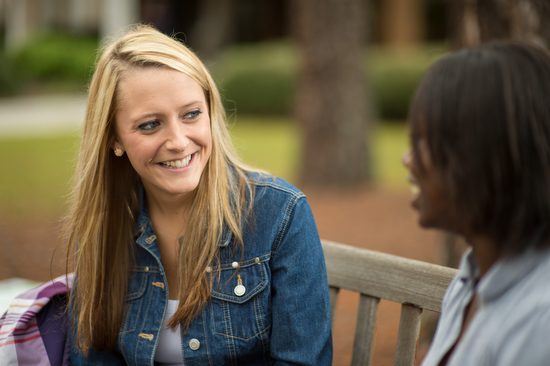





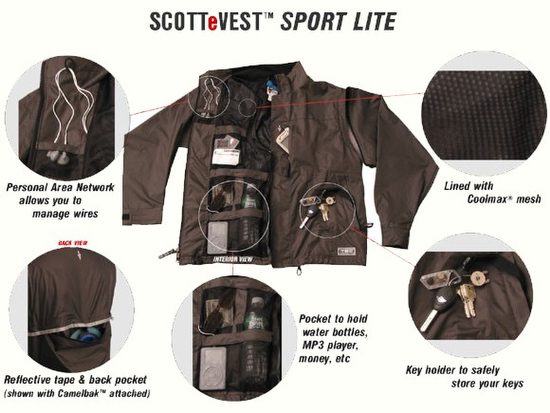
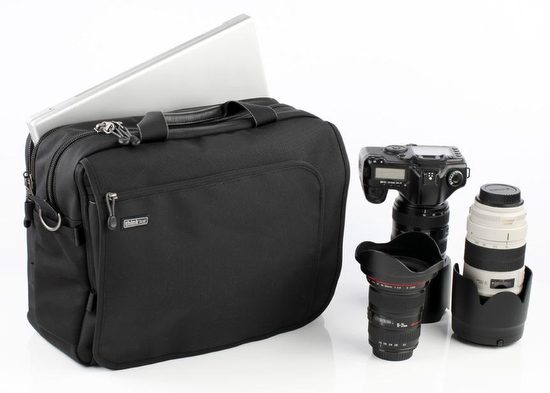

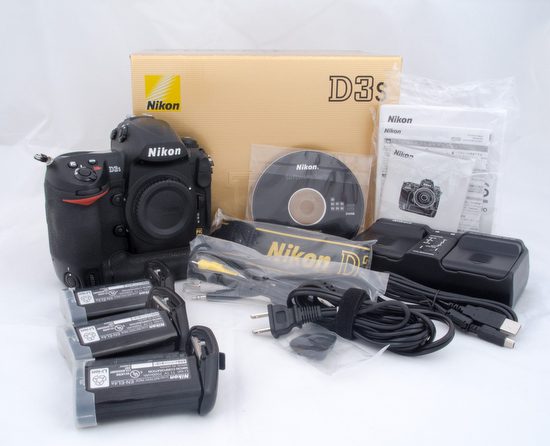
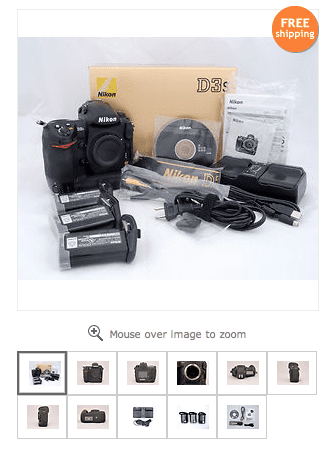


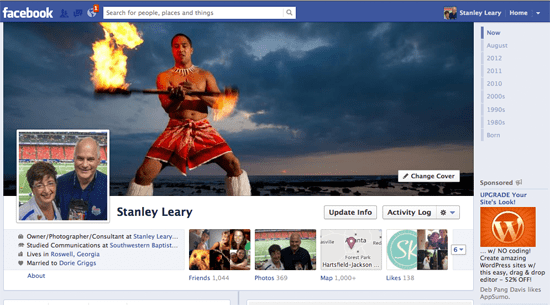

 PPRpix offers two ways to submit your files: 1) What you submit is what you get or 2) They will color correct your image to the best color they see fit.
PPRpix offers two ways to submit your files: 1) What you submit is what you get or 2) They will color correct your image to the best color they see fit.



